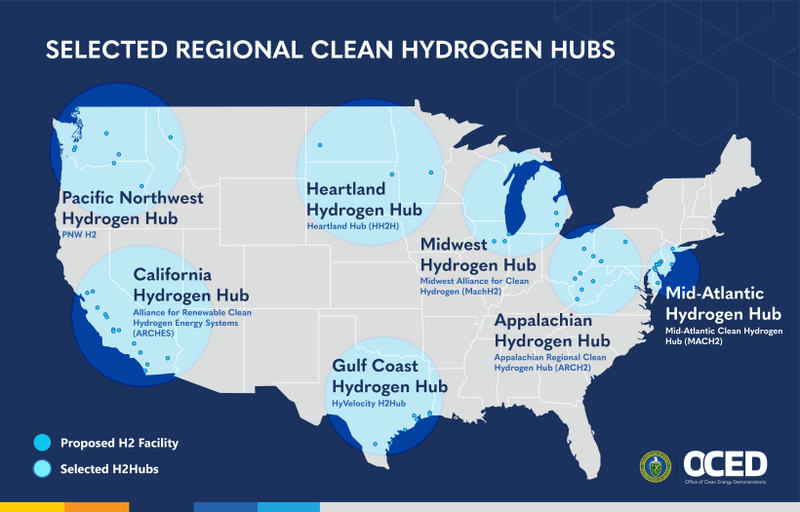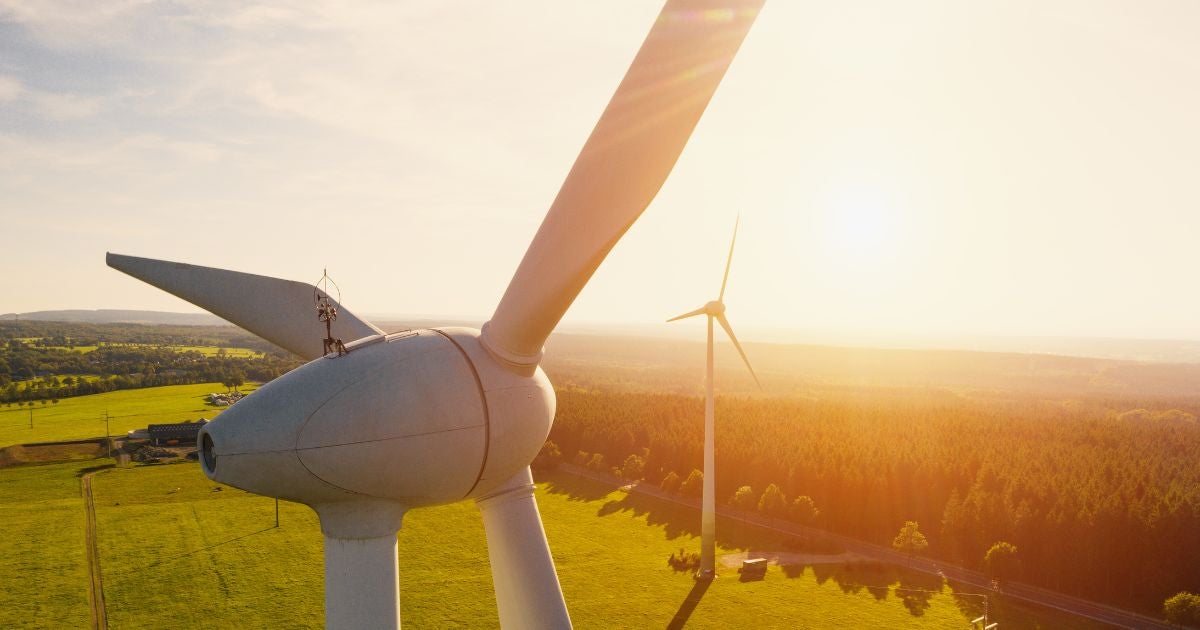In October, the White House announced the selection of seven Hydrogen Hubs around the U.S. to be a part of the Department of Energy (DOE)’s Regional Clean Hydrogen Hubs Program (H2Hubs), which will deploy $7 billion toward projects over eight to twelve years (or sooner). Launched under the Bipartisan Infrastructure Law, the Hydrogen Hubs program aims to create networks of hydrogen producers, consumers and infrastructure – and is likely to set many precedents that may scale-up in a clean hydrogen economy, ranging from technological strategies to the standard approaches for community engagement. Hub developers now enter their next, more in-depth planning phases to secure the coveted DOE funding and to eventually start building out the Hubs.
A primary challenge for these programs lies in translating strong technological innovation practices into responsible and collaborative on-the-ground infrastructure projects. This requires extensive engagement and partnership with local communities – a core part of EDF’s BetterHubs objectives – to mitigate potential harms and ensure the projects deliver positive outcomes and avoid additional related burdens for local communities. This is especially salient in the case of environmental justice communities, which have borne the burden of decades of environmental impacts and are a stated priority for DOE’s engagement as part of the Hub’s program.
While all Hub developers are required to engage and negotiate a Community Benefits Plan with communities, there are many details yet to be determined for most Hub proposals – including how best to engage communities, which communities will be impacted, and how to design and populate Community Oversight Committees. Underlying the success of these processes is the assumption that communities are starting from a position of empowerment. Have they been provided with access to information about what hydrogen development is, what it requires, the context that brings these specific projects to their neighborhoods? Have they been made aware or included in the planning of Hub proposals in their area? If they desire additional information and outreach, how would they like to be involved, and what kind of information would they trust and prefer?
EDF partnered with Morning Consult to conduct a survey in early October, during the week when Hub selection announcements were made. We asked community members who were located in zip codes associated with the 22 final stage DOE applications (as identified by Rystad Energy) a range of questions related to their area’s Hydrogen Hub application and received 600 responses.











